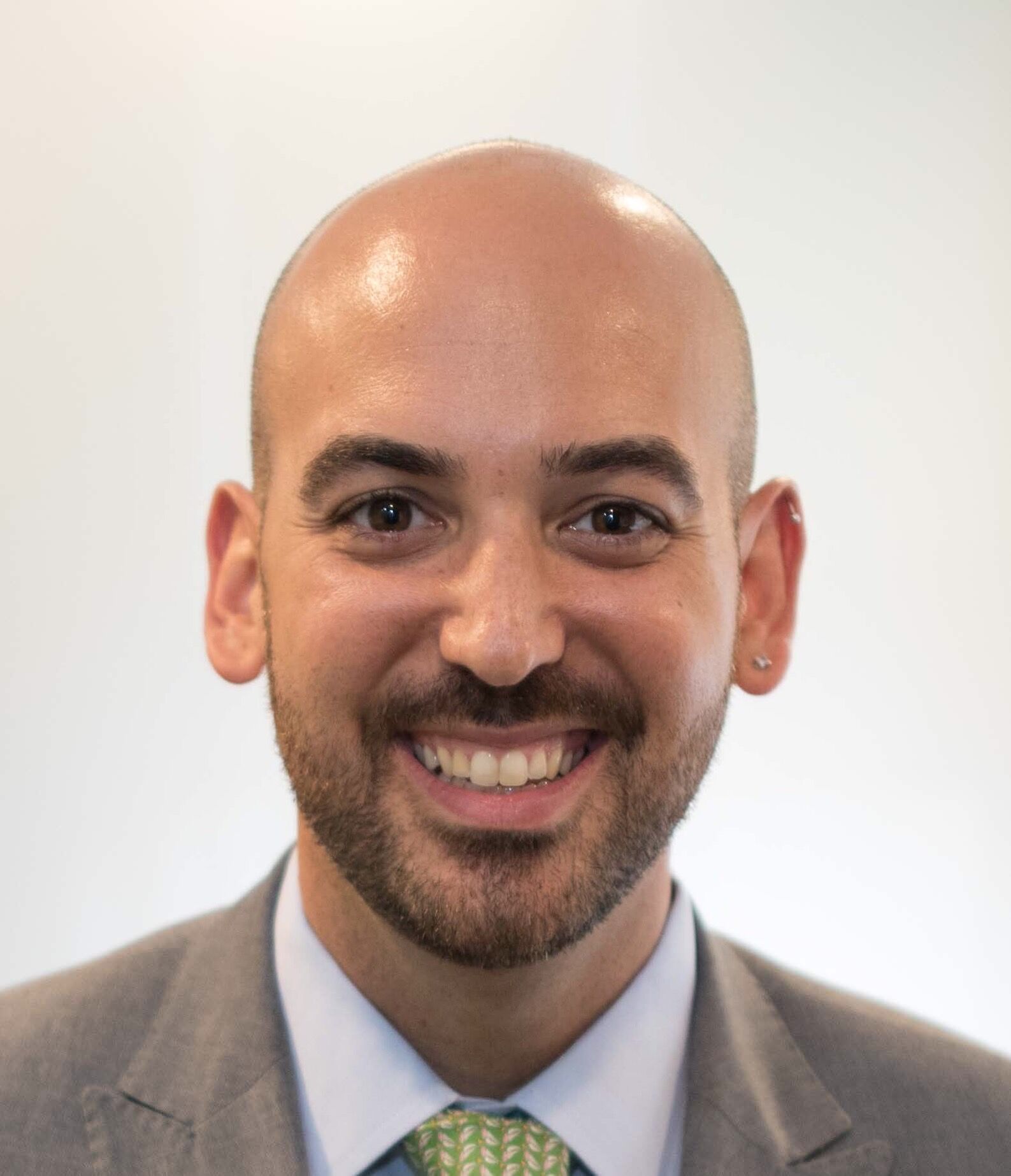Jun 9
2021
Data-Driven Patient Rounding: A Deep-Dive At Lenox Hill Hospital
By Joe Leggio, associate executive director, Lenox Hill Hospital (Northwell Health).

In 2018, we at Lenox Hill Hospital found ourselves at a crossroads. Part of New York’s largest healthcare provider, Northwell Health, we pride ourselves on being one of the best hospitals in the region, as named by U.S. News & World Report.
Still, we struggled with key HCAHPS (Hospital Consumer Assessment of Healthcare Providers and Systems) metrics. In the responsiveness domain, we found ourselves in the 19th percentile. For RN communication, we were in the 27th percentile. And for likelihood to recommend, we were just under 50, at the 49th percentile. Our employee engagement scores, meanwhile, were similarly troubling, with engagement scores coming in at 2.54 on a five-point scale.
It was clear that things weren’t working – it’s what our patients were telling us, our employees were telling us, and the data was telling us.
So we identified a two-pronged path to address the issue: One strategy that would update outmoded roles and empower employees, and another that would digitize an established best-practice standard.
Transitioning from Unit Ward Clerks to Patient Serve Facilitators
In 2018, we were still maintaining a role known as a Unit Ward Clerk. While the work done by those team members – providing clerical and administrative support to the entire unit – is still very relevant and necessary, the title, and certain elements of the job description simply didn’t match the modern world we live in.
We evolved this team to become Patient Service Facilitators (PSF). This transformation came through a bottom-up process conducted by a multidisciplinary team that conducted assessments and interviews, analyzed qualitative and quantitative data from sources like HCAHPS scores and patient feedback, examined internal and external best practices, and ultimately designed the new role.
In the end, we wanted our patient service facilitator role to become more proactive – to serve as the face of the unit. We empowered those team members to do that through professional identity branding, as well as technology. Our PSFs are now expected to see every single patient in their unit once a day – and they round on them using tablets and automated rounding scripts, conducted through our patient engagement partner CipherHealth, that allow our hospital to quickly and easily collect information and act on problems as they arise. We tie each element of those rounding scripts to an HCAHPS domain, which allows us to more easily track progress and identify problem areas over time.
Modernizing Nurse Leader Rounding
We’ve been doing nurse leader rounding for years. We were doing it with notepads and pencils. We were doing it with printed-out census sheets. We were doing it with the best of intentions. But we weren’t doing it with the help of technology.
Again, we built a bottom-up approach as we worked toward a launch of digital rounding, starting by assembling a team of frontline nursing leaders, then reviewing the barriers to effective rounding, analyzing HCAHPS and patient feedback, pulling in internal and external stakeholders to examine best practices, and working with a core group of nurse leaders to build out new dynamic rounding scripts.
Again, we designed our scripts to align with HCAHPS domains, having elements pair with domains like RN communication, likelihood to recommend, responsiveness, hospital environment, medication communication, and discharge. By completely digitizing rounding, we’re able to leverage the data we’re receiving in real time to make fast operational decisions to improve care and experience.
The Proof is in the Pudding
The results we achieved were frankly better than we hoped for. Across key domains, we sent our HCAHPS score soaring. In responsiveness, we jumped from the 19th percentile in 2018, to the 32nd in 2019, to the 44th in 2020, and now the 93rd as of March 2021. In RN communication, we started at the 27th percentile in 2018, then the 33rd in 2019, the 45th in 2020, and an incredible 99th so far in 2021. Likelihood to recommend took a similar trajectory across the four years, starting at 49th percentile, then 53rd, 71st, and finally 95th so far this year.
Significantly, we found that nearly across the board, patients who were rounded on, either by nurse leaders, patient service facilitators, or both, were more likely to give higher scores.
And perhaps most importantly, we’ve been building a new culture and workplace for our team members. These latest initiatives cap off a multi-year effort to improve employee experience. In fact, in 2014, we ranked in the second percentile nationwide for employee experience. In 2020, we ranked in the 91st.
Looking at the data, it can be hard to believe it’s the same organization. But the confluence of bottom-up consensus building, inclusive decision-making, and technology can create an environment that’s conducive to both employee and patient experience excellence.